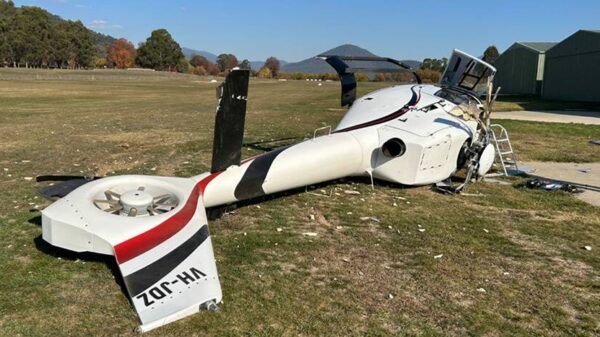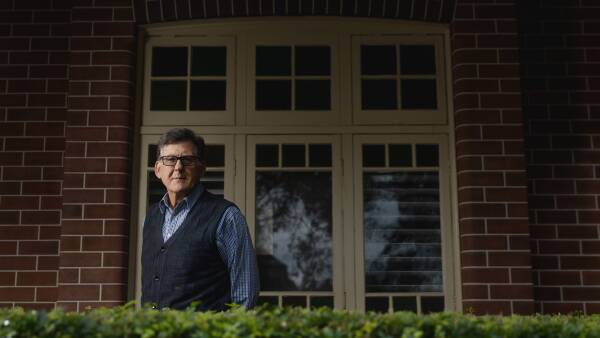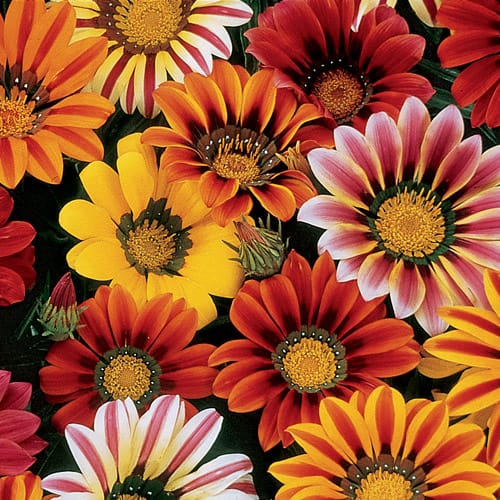UPDATE: A coalition of farmers, environmental groups, and researchers is demanding an urgent nationwide ban on the sale of the “highly invasive” weed gazania, which is wreaking havoc across Australian farmland. This vibrant yet destructive plant is now threatening agricultural areas, particularly in the Hawkesbury region, from Berambing to the Richmond Lowlands, by choking grass feed vital for horses and cattle.
Introduced from South Africa in the mid-20th century, gazanias were initially celebrated as low-maintenance garden flowers. However, they have rapidly spread beyond private gardens, overrunning roadsides, coastal dunes, native grasslands, and cropping paddocks. Farmers across South Australia, Victoria, and Western Australia report severe infestations, with some grain paddocks rendered completely unviable.
The economic impact is staggering: invasive species like gazania cost Australian agriculture over $5 billion annually. Each gazania flower head can release approximately 60 windborne seeds, capable of traveling up to 30 kilometers, allowing this weed to colonize new areas at an alarming rate. In some parts of South Australia, paddocks are now entirely overrun with gazanias, making it impossible for farmers to cultivate any crops.
Dr. Ali Bajwa, a leading expert in weed science at La Trobe University, highlighted the plant’s resilience as a significant challenge for management efforts. “Gazanias can choke native vegetation and outcompete crops for nutrients, moisture, and light. They are inherently tolerant to many herbicides, and that’s why we can’t really control them,” Dr. Bajwa stated. His research team is currently conducting field trials to explore new chemical control options, supported by the Grains Research and Development Corporation.
The urgency of the situation is underscored by the fact that while South Australia has already banned the sale of gazanias, these plants remain legal for sale in most other states, including New South Wales, where consumers can still purchase them from retailers like Bunnings. Imogen Ebsworth, engagement director at the Invasive Species Council, expressed frustration over the continued sale of such a damaging species. “It’s bonkers that nurseries can still sell this destructive plant. We have over 30,000 introduced plant species in Australia, and most have never been assessed for their weed risk,” she commented. “People shouldn’t need a botany degree to understand what they’re buying.”
Ebsworth cautioned that gazania could easily follow the path of other once-popular ornamental plants like lantana and blackberry, which now dominate millions of hectares of land. The public is being urged to report any sightings of gazania escapes from gardens or road verges to the NSW DPI’s Weed Wise program for identification and control advice.
As this situation develops, it is crucial for both agricultural stakeholders and the general public to remain vigilant about the threat posed by this invasive species. Immediate action is necessary to protect Australia’s agricultural landscape and the livelihoods of farmers across the nation.



































































